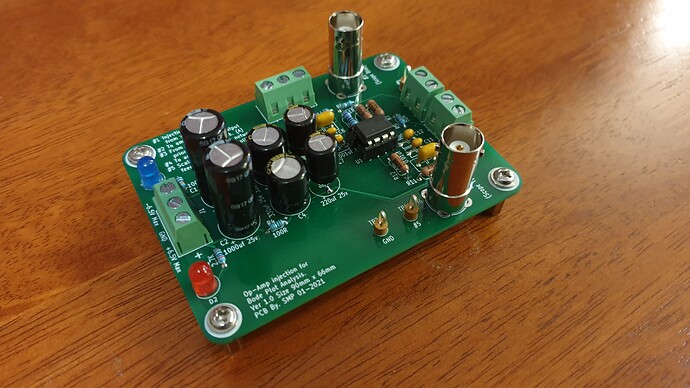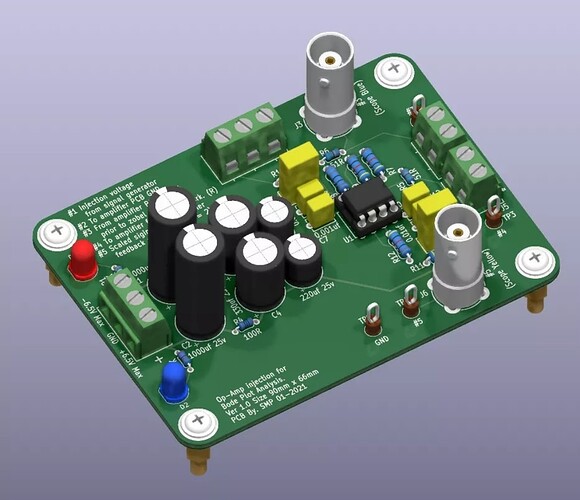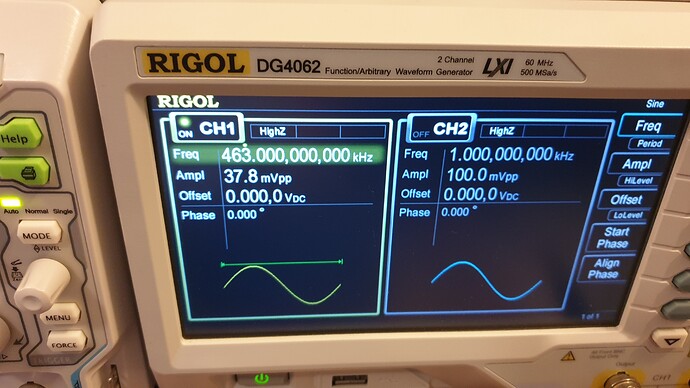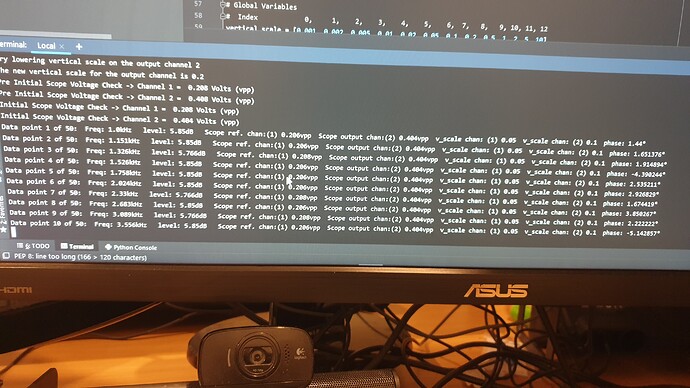Is it possible to use QA401 as a relatively low frequency network analyzer? If the generator can spit out 96 kHz tone, this system should be good up to roughly 100 kHz. This may be enough to measure loop stability of the PSU.
Is this idea worth developing? What you think?
Hi @ilya, yes, definitely possible and has been considered but not with much priority. I think the preferred approach would be a standalone app that drove the QA401 via the API. That would let you assemble the various plots relevant to the engineer. TI’s approach detailed in the PDF linked below has always been most appealing, but it does require an injection transformer. Do you have other preferred techniques?
http://www.ti.com/lit/an/snva364a/snva364a.pdf?ts=1590428665399
Matt, that’s exactly what I was thinking (a separate application for network analysis), just wanted to know if anything is in the works already.
I do have injection transformer. I’m currently using it with the Analog Discovery 2, but AD2 lacks resolution in the lower amplitudes range, so it’s hard to trust the data that it spits out.I thought that QA401 should have much better resolution, and 100kHz bandwidth is enough for my designs.
I made a network analyzer that’s flat up to 20Mhz using my 200Mhz function generator and my 100Mhz scope and a bit of python code and a $20 pcb.
Works perfectly for measuring amplifier loopgain.
Looks great!
I did something similar using one of these. You can often find these transformers on eBay for pretty cheap - even brand new:
With this:
Only works to 10 MHz, but that’s good for most audio power amplifiers. Plus, I didn’t need to write any code… 










